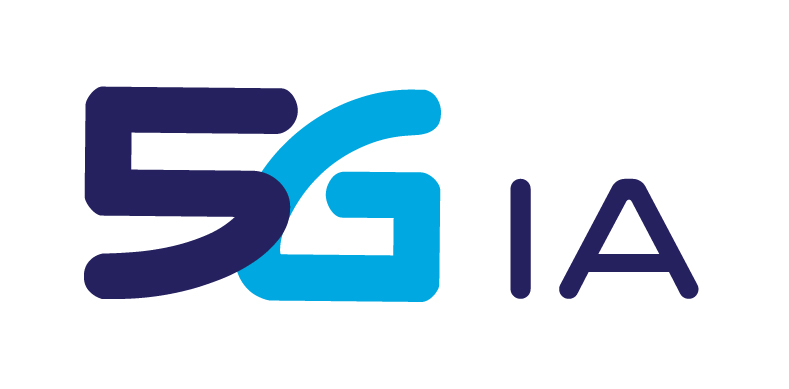

- About us
- Getting Involved
- Plans & Papers
- Events
- European 5G Activities
- Media & News
- Contact
The video of the 5G-MoNArch Testbed in Turin is available!
During the fourth week of May, the 5G PPP European project 5G-MoNArch, in collaboration with the Municipality of Turin and Fondazione Torino Musei, demonstrated its result trough the showcase of the Touristic City testbed at Palazzo Madama in Turin.
The objective of the Touristic City testbed was to demonstrate the benefits of the 5G functions developed by 5G-MoNArch to provide an immersive and interactive experience to the users. Such functions include: (i) network slicing, to satisfy the VR requirements needed for VR (i.e. high throughputs), (ii) Multi-access Edge Computing (MEC), to satisfy the latency requirements of haptic interactions between the users, and (iii) resource elasticity, to provide an efficient management and orchestration of the resources.
The Touristic City testbed provided to a multi-user real-time virtual visit of the Madama Reale chamber, one of the most representative rooms of Palazzo Madama. The visitor, using an Oculus Rift set to control his avatar, interacted through a 5G indoor connection with a touristic guide (remotely located) that will accompany him in a virtual visit of the Madama Reale chamber as well as involve him in a restoration tutorial. The interaction among the visitor and the guide included direct voice communication and a coordinated cooperative control in the usage of the restoration tools and in moving 3D cultural artefacts.
From the implementation point of view, the Touristic City testbed consisted of several hardware and software modules that have been designed to provide a flexible and scalable solution. More in detail, the testbed implemented a standard compliant 5G radio interface based on a SDR PHY/MAC and higher layers implementation. The flexibility of the solution in terms of resource elasticity was achieved through an orchestration module that took advantage of the NFV over a central and edge clouds. Based on such architecture, the visitor and the guide interacted using a VR application based on the instantiation of two slices to provide (i) the high definition 360° video stream (high throughput requirement) and (ii) the interaction/voice communication (low latency requirement). Within this implementation, the introduction of an artificial delay will trigger the appropriate orchestration functions (e.g. VNF migration from central cloud to edge cloud) to maintain the quality of the user experience.
Watch the video here!
About 5G-MoNArch
The two-year research project – ‘5G-MoNArch’ (5G Mobile Network Architecture for diverse services, use cases, and applications in 5G and beyond) – aims at turning 5G mobile network architecture concepts into practice. A main goal is to gain knowledge and experience from using 5G network slicing in a real-world environment, and to thereby prove and improve the underlying technical concepts and methods. Whereas the testbed in Turin focuses on integrating 5G network slicing and resource elasticity to support multimedia applications, the second testbed in Hamburg, Germany, implements 5G into control and monitoring systems for traffic and infrastructure in an industrial sea port environment. 5G-MoNArch is supported and financed as part of Phase II of the 5G Infrastructure Public Private Partnership (5G-PPP), under the auspices of the European Union’s Horizon 2020 Framework Programme.







Share On